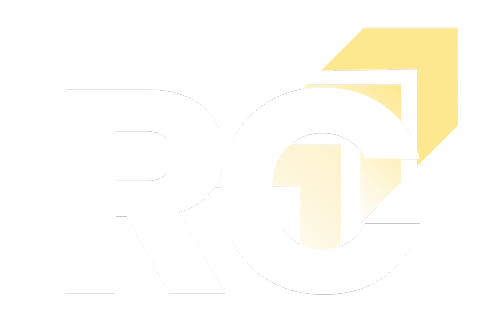Change management is one of those business terms that everyone uses, but few execute well. Despite its popularity in boardroom conversations and strategic plans, change often fails—not because the goals are wrong, but because the assumptions behind them are. Misconceptions quietly shape how organizations approach transformation, and these myths can derail even the most well-funded initiatives. To lead change effectively, companies must first unlearn what they think they know. This article unpacks ten persistent myths that continue to hold businesses back—and what it really takes to move forward.
1. Change Is Just About Changing Processes
Many assume that change is merely operational—altering workflows, tools, or reporting lines. In reality, organizational transformation must begin with a shift in mindset, not just method. Without reframing how teams think about their roles and impact, even the most efficient process improvements will lack sustained traction.
2. Leadership Commitment Is a One-Time Event
Visible support from leadership at the outset of a change initiative is essential, but insufficient. Effective change leadership demands ongoing engagement—from communicating vision consistently to removing obstacles and reinforcing behaviors over time. Sustained executive sponsorship is one of the top predictors of successful transformation.
3. Resistance Indicates Failure
Resistance is often viewed negatively. However, it is an inevitable and informative part of the change journey. Resistance can highlight areas of ambiguity, concern, or misalignment that need to be addressed. Engaging constructively with resistance often leads to more resilient outcomes.

4. Change Must Be Driven Exclusively from the Top
While executive alignment is crucial, successful change is not a top-down directive. Change is far more likely to succeed when employees at all levels are actively engaged. Distributed leadership, change champions, and feedback loops are vital in building grassroots momentum and fostering ownership.
5. Communication Alone Equals Change Management
Communicating updates and timelines is only one facet of change management. True change requires a multi-layered strategy that includes training, coaching, reinforcement mechanisms, and clear role modeling. Communication must be contextual, continuous, and tied to action.
6. Only Large-Scale Initiatives Require Change Management
There is a common belief that only enterprise-wide transformations warrant structured change efforts. In truth, even small changes can disrupt teams if not managed carefully. Whether altering software, restructuring a team, or updating policies, applying change principles helps avoid resistance and confusion.
7. Human Resources Owns Change Management
Although HR plays a supporting role, change management is a shared responsibility. Business unit leaders, project sponsors, line managers, and internal communications all have critical roles to play. Limiting ownership to HR reduces the strategic integration of change into the fabric of operations.
8. A Formal Plan Guarantees Success
A documented change plan is foundational, but not a proxy for execution. Plans must be adaptive, data-informed, and frequently recalibrated based on feedback and evolving realities. Without implementation discipline and follow-through, even the best-designed strategies falter.
9. Change Is Complete Once the New System Is Live
A go-live event is often mistaken for the end of the change journey. In truth, it’s the beginning of a new operational phase. Without ongoing reinforcement, support, and performance tracking, individuals may revert to previous behaviors, undermining the investment made.
10. Behavioral Shifts Are Sufficient
Behavioral compliance is often mistaken for cultural adoption. However, sustained transformation requires internalization—a cognitive shift where individuals understand and believe in the purpose behind the change. Without addressing mindset, behavior change remains superficial.
Conclusion
The persistence of these myths reveals how easily change management can be oversimplified. As transformation becomes an ongoing reality for most organizations, understanding and applying the full depth of change management principles is not optional—it is essential. Organizations that succeed in this space are those that go beyond frameworks and checklists to embed change as a cultural capability. By debunking these myths and aligning efforts across leadership, operations, and employees, companies can significantly improve the return on their change investments and build resilience for the challenges ahead.



